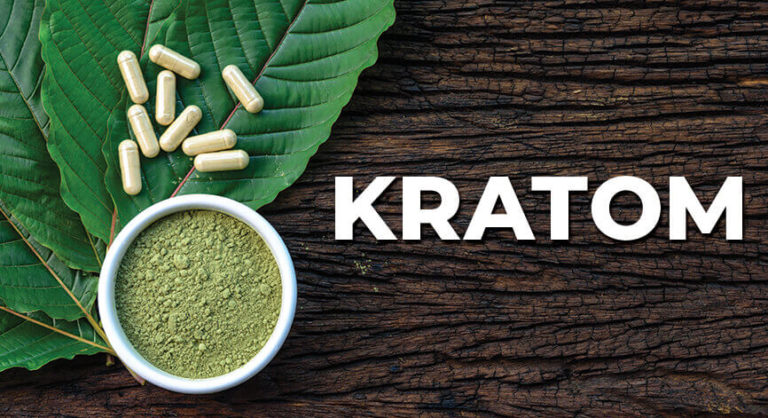Kratom is a psychoactive plant that has been used as a medicinal herb in a number of Southeast Asian regions for thousands of years. A literature review reveals that centuries ago kratom has become part of the plant consumed by people, especially those who live in southern Thailand and northern Malaysia.
Kratom is included in the coffee plant (Rubiaceae), which produces important alkaloids such as caffeine. This tropical plant grows to a height of 4-16 meters and the common people take advantage of the leaves that are wider than the palms of adults.
Since long time ago, farmers and fishermen used to consume kratom leaves as a stimulant herb which is believed to have the power to boost work productivity and get rid of fatigue. They usually consume kratom leaves by chewing them like betel leaves or brewing them like tea.
The plant, nicknamed mitragyna speciosa, grows in tropical countries such as Thailand, the Philippines, Malaysia, Papua New Guinea, and including Indonesia. Kratom has recently become widely known in the United States and several European countries because it is considered effective as a recreational medical alternative.
Kratom, especially Maeng Da Kratom, is sold and marketed like a supplement in the form of capsules and fine powder. Apart from being labeled as effective as a recreational herbal pain reliever, kratom is also for users who want to get rid of drug addiction.
Commodities and markets for kratom users are growing accompanied by a series of scientific studies. In the field of medical science, a number of researchers recognize kratom as a plant that can be used for alternative medical needs.
Erdward W. Boyer, a professor who studies emergency medicine at the University of Massachusetts Medical School, has a record of research results that reveal why kratom can be a recreational medical plant.
If consumed in low doses, said Boyer, kratom can act as a stimulant and help improve focus. Meanwhile, for use with high doses, kratom can be a sedative that produces anti-pain effects like opium.
According to Boyer, the sensation of relaxation occurs because the active ingredients in kratom, namely mitragynine and 7-hydroxymitragynine, bind to opioid receptors in the human body.
Boyer said kratom was as effective as morphine in relieving pain. “You can get a very potent analgesic (from kratom),” Boyer said as quoted by CNN.
Targeted by the DEA
The US Anti-Narcotics Agency (DEA) takes seriously the phenomenon of the proliferation of kratom use which is a trend in a number of circles, especially young people. In August 2016, the DEA included kratom in a list of plants (substance) deemed to need supervision.
The DEA considers kratom to have high potential to cause dependence. They intend to classify the plant into class I narcotics, such as marijuana, ecstasy, heroin, and cocaine.
Based on the DEA, long-term use of kratom can cause people to be irritable, aggressive, unstable emotional changes, aches in the muscles and bones, and difficulty moving the limbs.
The US psychotropic control law enforcement agency then temporarily imposed a ban on the use of kratom for the public. The DEA considers kratom vulnerable to being misused by the public as a recreational opium.
The DEA decision drew protests from various circles, including from researchers. Categorizing kratom as a class I narcotic is considered as limiting the space for researchers to further examine the benefits of the plant substance.
The DEA ban is considered controversial considering that many Americans consider kratom to have changed their lives in a much more meaningful way in a positive sense.
Finding great pressure from the public, the DEA in October 2016 revoked their temporal policy regarding the ban on the use of kratom for the public.
To avoid the tendency of unilateral policy making, the DEA then opens a response or opinion response from the public until the deadline December 1, 2016. The public response that has entered will later become the DEA’s consideration in addressing the status of kratom.
The DEA’s consideration will later also refer to formal input from the US Food and Drug Administration (FDA) – which is considered to have been cheated because it has passed kratom as a non-opium plant. As of this writing, the DEA has not issued a further official statement.
Long before the DEA opened a public response to the efforts to ban kratom, users of the herbal plant have raised their voices and provided various testimonials in a number of online forums.












